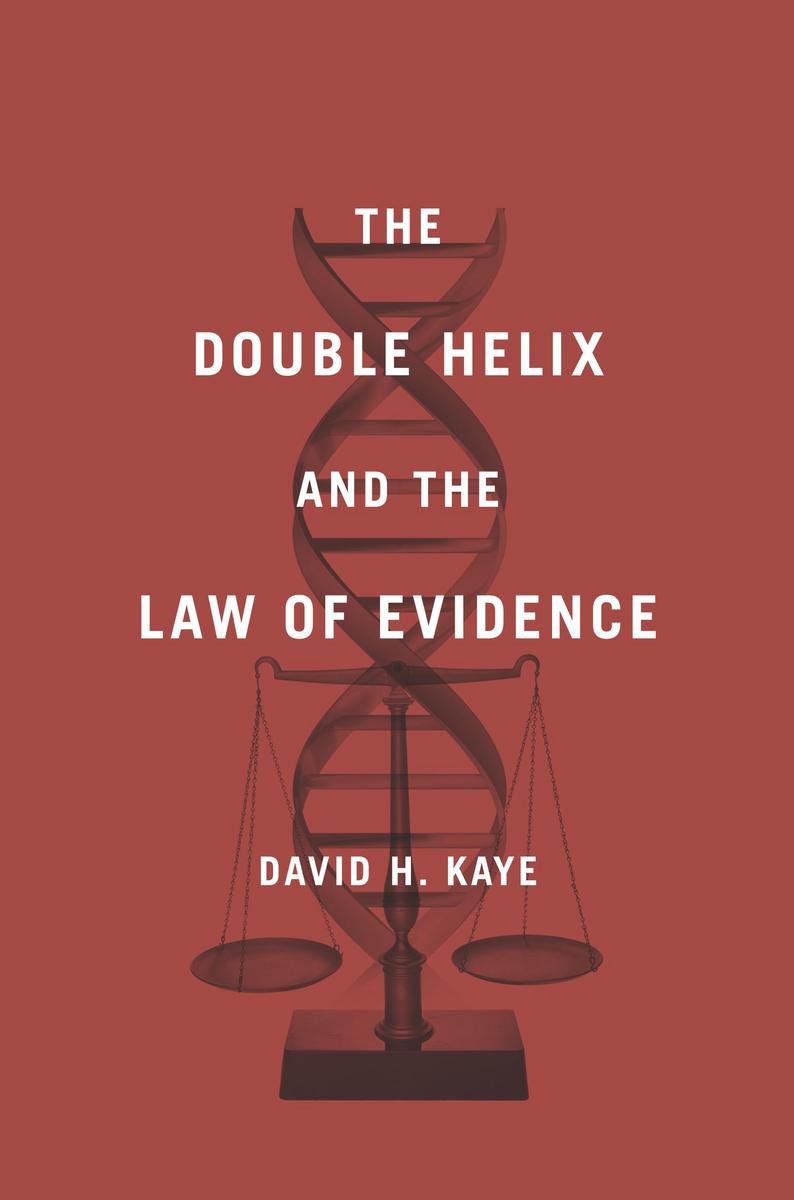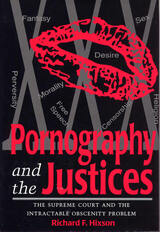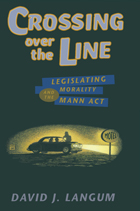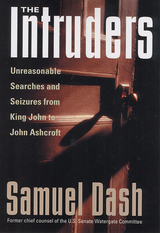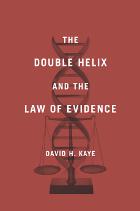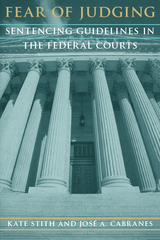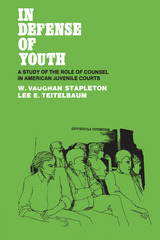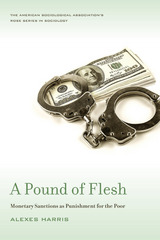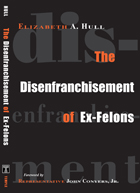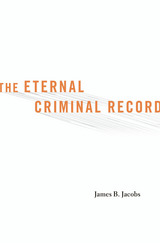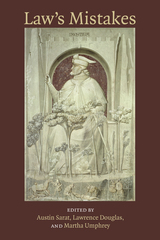The Double Helix and the Law of Evidence
Harvard University Press, 2010
eISBN: 978-0-674-05411-0 | Cloth: 978-0-674-03588-1
Library of Congress Classification KF9666.5.K39 2010
Dewey Decimal Classification 347.7364
eISBN: 978-0-674-05411-0 | Cloth: 978-0-674-03588-1
Library of Congress Classification KF9666.5.K39 2010
Dewey Decimal Classification 347.7364
ABOUT THIS BOOK | REVIEWS | TOC
ABOUT THIS BOOK
Bridging law, genetics, and statistics, this book is an authoritative history of the long and tortuous process by which DNA science has been integrated into the American legal system.In a history both scientifically sophisticated and comprehensible to the nonspecialist, David H. Kaye weaves together molecular biology, population genetics, the legal rules of evidence, and theories of statistical reasoning as he describes the struggles between prosecutors and defense counsel over the admissibility of genetic proof of identity. Combining scientific exposition with stories of criminal investigations, scientific and legal hubris, and distortions on all sides, Kaye shows how the adversary system exacerbated divisions among scientists, how lawyers and experts obfuscated some issues and clarified others, how probability and statistics were manipulated and misunderstood, and how the need to convince lay judges influenced the scientific research. Looking to the future, Kaye uses probability theory to clarify legal concepts of relevance and probative value, and describes alternatives to race-based DNA profile frequencies.Essential reading for lawyers, judges, and expert witnesses in DNA cases, The Double Helix and the Law of Evidence is an informative and provocative contribution to the interdisciplinary study of law and science.
See other books on: Criminology | DNA fingerprinting | Evidence | Forensic genetics | Legal History
See other titles from Harvard University Press
